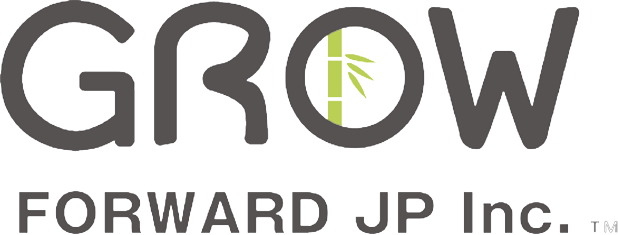A news breakout about a local bank in the Philippines being hacked, which resulted in clients losing thousands of pesos in deposits. Upon tracing, it was found out that unauthorized transfers were made to another local bank under a bogus name. This is just one example of the many cybercrimes we face in this day and age of technological advancement.
Cases like these became prominent in the onset of the COVID-19 pandemic where almost all of the transactions were made online. Industries create applications, social media pages, and even websites to have a wider reach of clients making them vulnerable to cyber-attacks.
Get to know these Cyber-attacks
A cyber-attack involves an offensive action with the goal of disabling computers by targeting their systems and infrastructures as well as stealing or destroying data using various methods such as malware, phishing, Man-in-the-middle (MitM), and many more.
Any of these attacks is feared by enterprises as it could cost them public trust and, in the long run, profit. For instance, a malware can breach a network by simply clicking and installing suspicious links and software. Despite avoiding suspicious links, you can still be fooled by what you thought was a reputable source through phishing – an increasingly common cyber threat as cashless transactions become the norm. Data from your credit cards and login information can be stolen. Man-in-the-middle (MitM) attacks, on the other hand, are frequent when you connect to an unsecure Wi-Fi and attackers can see your device and network.
Businesses, start doing these tips for your websites!
The mentioned hacking incident is just one of the many wake-up calls for businesses to give importance to tightening their system’s security as a way to assure clients as well as the authorities that all transactions are kept in good hands.
Therefore, necessary precautions must be taken. It is better to be safe than sorry.
Improve your website’s security by:
- A. Avoid outdated software – ensure all are up-to-date
Websites are compromised when outdated. Updates often bring security enhancements and vulnerability repairsmaking your site healthy.
- B. Go for a secure URL and web host – use HTTPS and SSL
A secure URL usually comes with a high costbut it is nothing compared to the losses you will encounter when cyber-attacked. HTTPS or Hypertext Transfer Protocol Secure and SSL or Secure Sockets Layer can prevent interceptions and secure transfer of client’s information between the website and database.
- C. Monitor user access and administrative privileges.
- Assign a trusted and well-versed employee as admin. Ensure that these people will make few to no mistakes and not overlook a security issue. As employees come and go, keep a record of who has access and update it regularly.
- Check your CMS default settings and Web Server Configuration Files
- CMS set on default are prone to many attack bots. It is essential to change even a few of the default settings. Changing the permissions to specify users and what they can do to a file is a good start.
- Backup your website
- Assume that your website will be attacked every day. In the event that a major attack causes the loss of all information, you will be able to immediately recover. Your back up must be stored separately and, f possible, off-site. Despite not encountering any attacks, setting up a reliable recovery system is beneficial to your business.
Consult an expert
Protecting your website from an unknown attacker can be a difficult task. Securing a website cannot be done overnight – it is a constant process. From website development to maintenance, businesses should plan strategically how to tighten their systems. A secure system builds confidence and morale among clients.
“Who would transact with an enterprise where not only your confidential information but also your hard earned money are at stake, right? “
Start by consulting one of the web development companies here in the Philippines – Grow Forward JP, Inc. We offer a variety of web development services. It may be from scratch or chosen from pre-made templates.
One thing is certain: not only we bring forward your ideas to reality, but we also ensure high-quality and secure websites.
